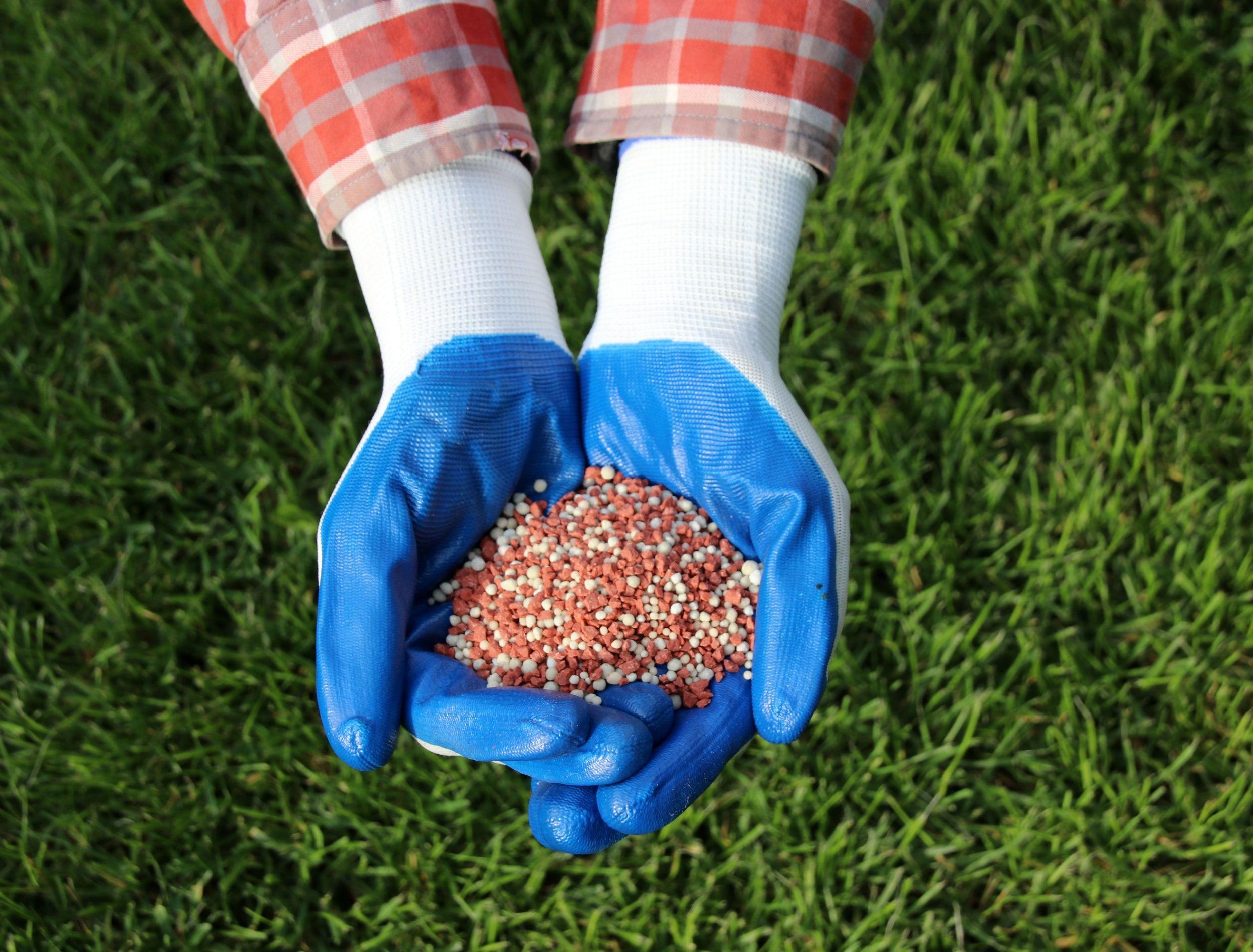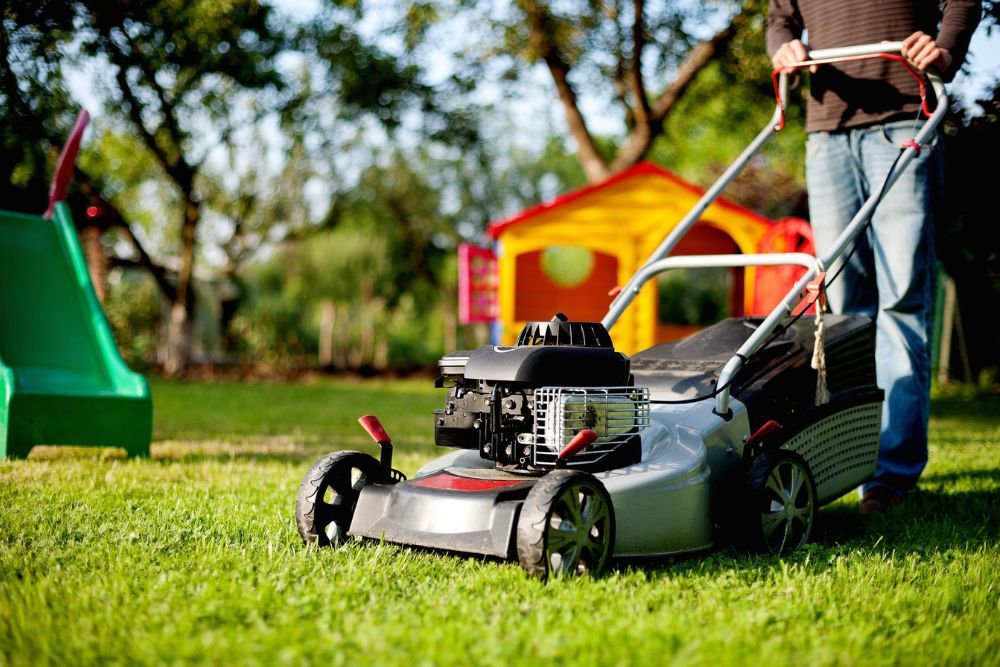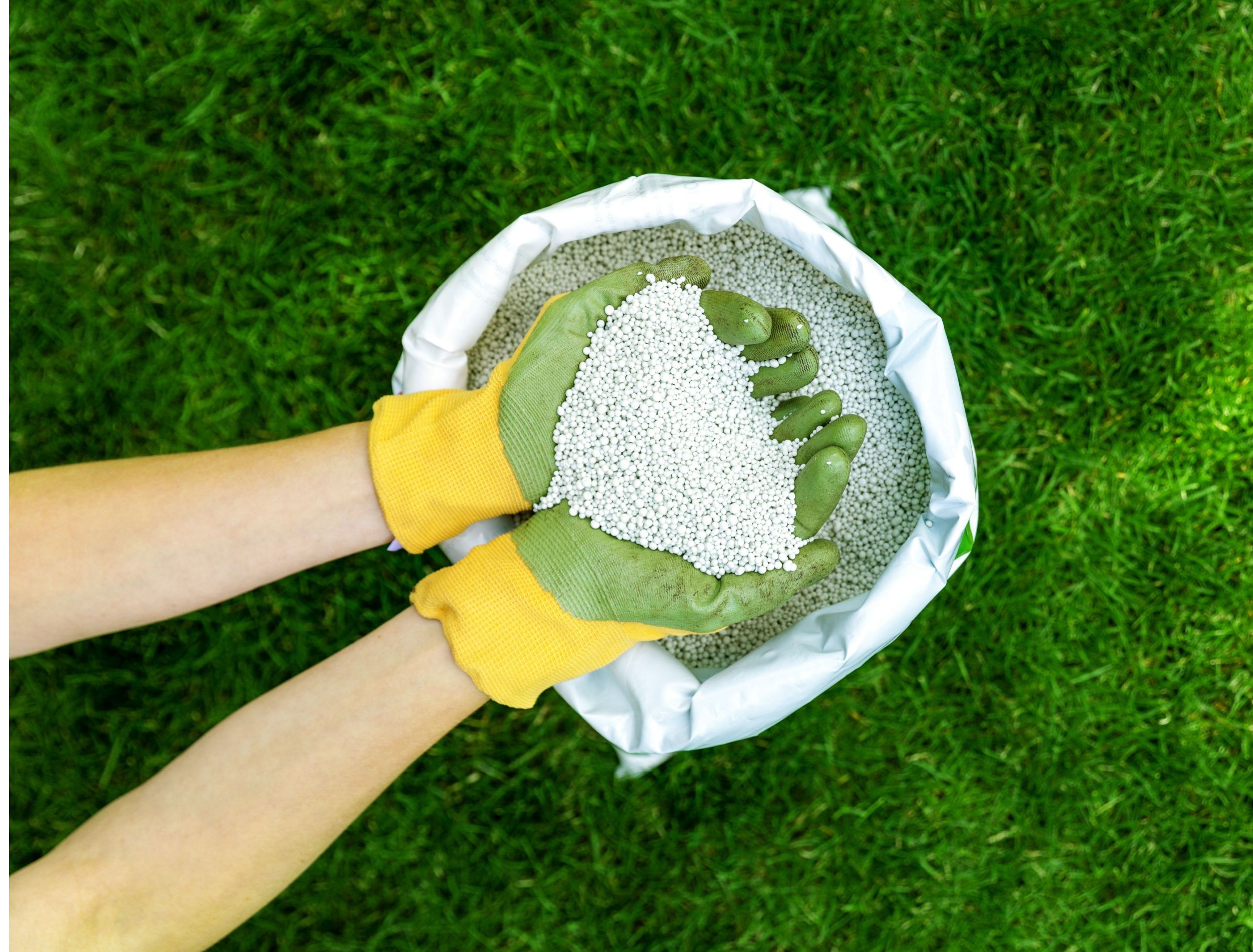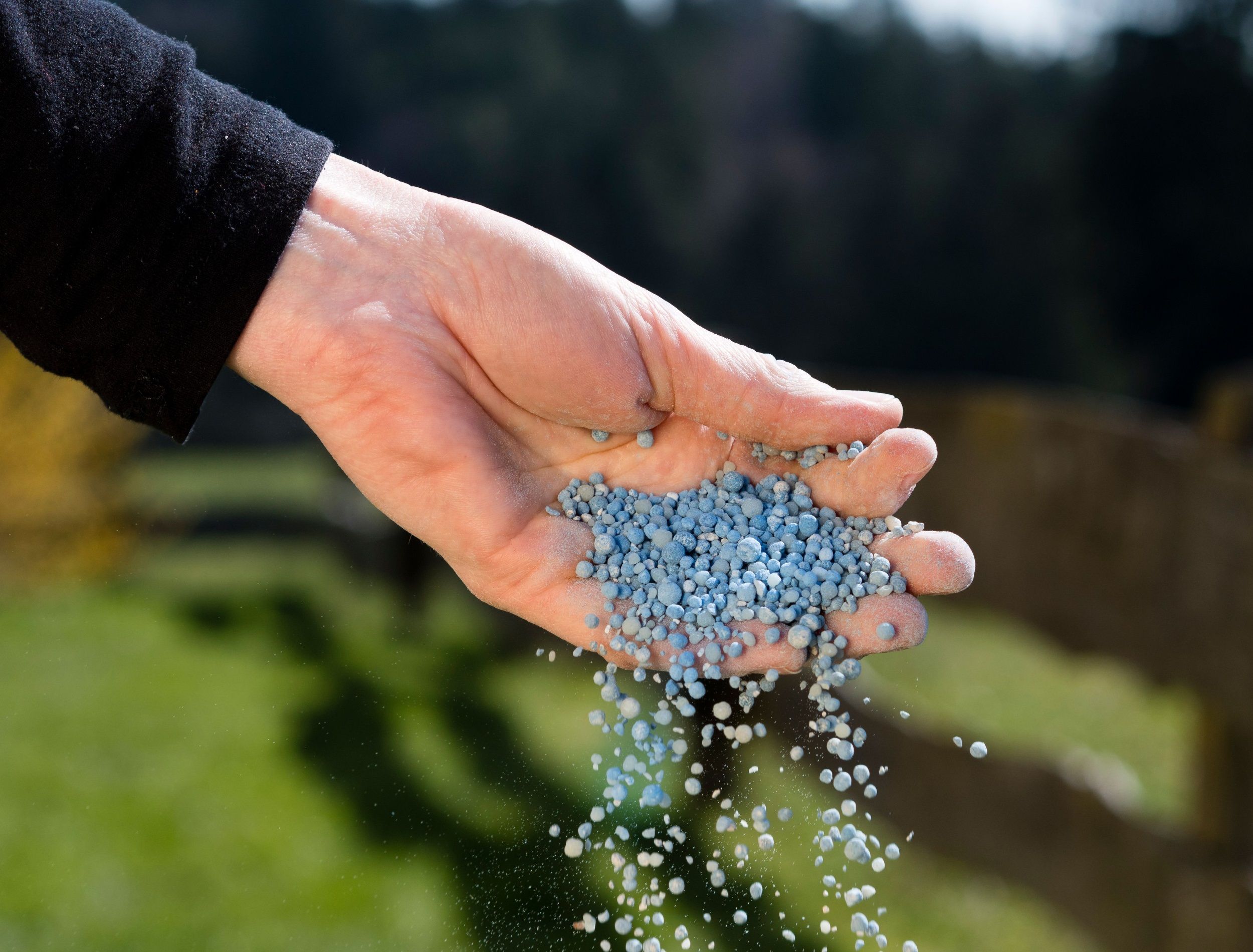One of the most important aspects of achieving a lush lawn is regular fertilizing. Fertilization helps supply grass with the necessary nutrients to grow and stay healthy. However, you might be unsure about the best time to fertilize your lawn. Specifically, how long should you wait after mowing before applying fertilizer?
Find the answer below, keeping in mind crucial factors to consider before fertilizing. This knowledge will help you make the best decision for your lawn and ensure it remains vibrant throughout the year.
First Step, Mow
Image credits: Andreas160578 via Pixabay
While it may be tempting to fertilize right away to achieve quicker results, mowing the lawn first will ultimately lead to an effective and long-lasting outcome.
Mowing the lawn first will help remove any debris, leaves, or overgrown grass that may be blocking the fertilizer from reaching the soil. It will also ensure fertilizer is spread evenly and not concentrated in areas where the grass is tall or thick. Additionally, mowing before fertilizing allows the fertilizer to penetrate deeper into the soil, promoting better root growth.
How Long to Wait Before Fertilizing
Image credits: ronstik via Shutterstock
Fertilizing too soon after mowing can cause fertilizer burn, damaging or even killing your grass. Fertilizer burn occurs when you mismeasure and add too much, causing the grass blades to dry and turn brown. Applying it too soon can also lead to the nutrients being wasted or washed away by rain, wasting all your hard work.
When you mow your lawn, the grass blades get cut, which can cause stress to the grass. If you apply fertilizer immediately after mowing, it can further stress the grass and cause burn damage. It can result in yellowing, browning, or even the death of the grass. It's suggested to wait 24 to 48 hours before fertilizing to allow the grass to recover and reduces the risk of damage.
The recommended waiting time varies depending on the type of grass and climate. For cool-season grasses, it's best to wait two to three days after mowing before applying fertilizer. Warm-season grasses may require a longer waiting period of four to five days.
Factors to Consider Before Fertilizing
Image credits: Floki via Shutterstock
Before fertilizing your lawn, consider a few factors to ensure you provide your grass with the nutrients it needs at the right time.
First, you'll need to look at the type of grass you have. You can categorize grasses into two types based on their growth pattern. Warm-season grasses, including Bermuda, St. Augustine, and zoysia, are known for their aggressive growth and need fertilization during the active growing season, usually in the summer months.
In contrast, cool-season grasses like Kentucky bluegrass, perennial ryegrass, and fescue develop slower and grow more during winter. As such, they require fertilization during the fall season. However, if these grasses don't look their best, you can fertilize them from late spring to early summer for a much needed boost.
For optimal growth, fertilize cool-season grasses in May, September, or October. Meanwhile, warm-season grasses thrive with fertilizer application during May, June, September, and October. Applying a complete fertilizer containing nitrogen, phosphorus, and potassium to warm-season grasses in May is ideal. On the other hand, cool-season grasses benefit most from doing so in October.
If you live in a region with extreme temperatures, you may need to fertilize your lawn at different times compared to ones with moderate temperatures. If you live in a cooler climate, choose to fertilize in the spring and fall, while those in warmer ones may require you to do it during summer. Fertilizing during the wrong season can lead to nutrient leaching and runoff, harming the environment and wasting money.
Best Practices for Fertilizing After Mowing
Image credits: groveb via Canva
Fertilizing your lawn after mowing is good for your grass's health but follow proper techniques to bypass damage.
To avoid fertilizer burn, apply it evenly and at the recommended rate. Over-applying can lead to excess nitrogen, causing grass blades to turn brown or yellow. Use a spreader to ensure even distribution. Additionally, do not fertilize too close to the edges of your lawn to not damage your garden beds.
After fertilizing, water your lawn to help the grass absorb the nutrients. Remember that over-watering can lead to nutrient leaching and runoff, while under-watering can lead to a lack of nutrient absorption.
Healthy Lawn, Happy Home
Fertilizing your lawn after mowing can be a great way to keep your grass healthy. However, it's important to wait for the recommended time period after mowing and follow proper techniques to avoid damaging your grass.
By considering factors such as grass type, climate, time of year, and soil conditions, you can determine the best time to fertilize and ensure it receives the nutrients it needs to thrive.
What do you think about fertilizing the lawn after mowing it? Share your thoughts in the comments!





